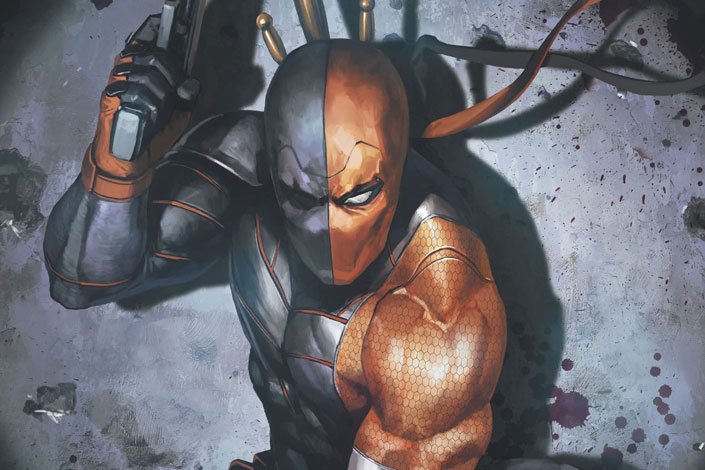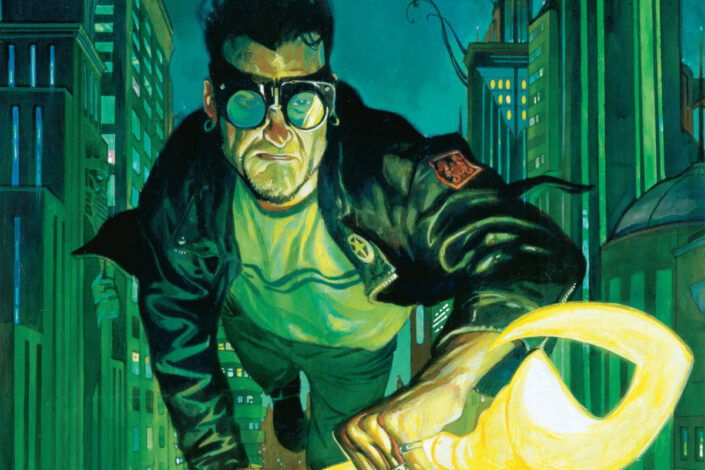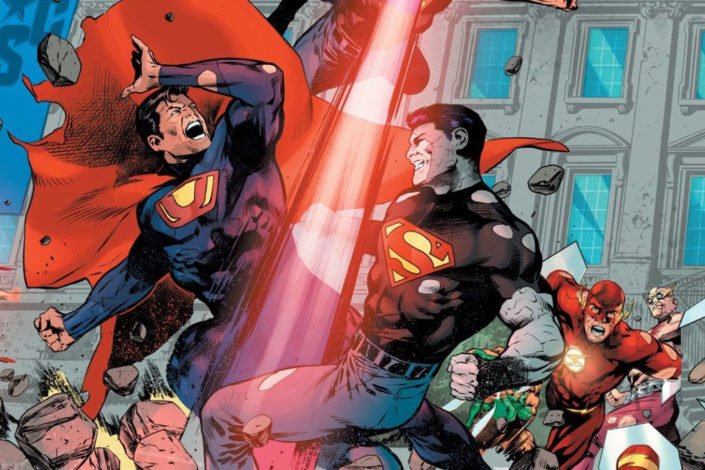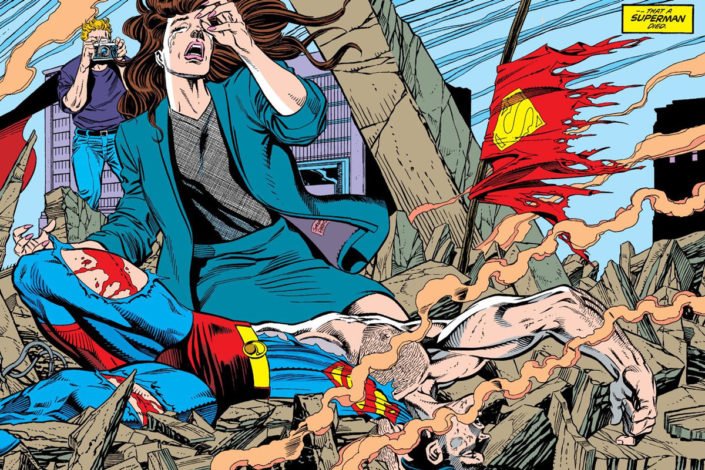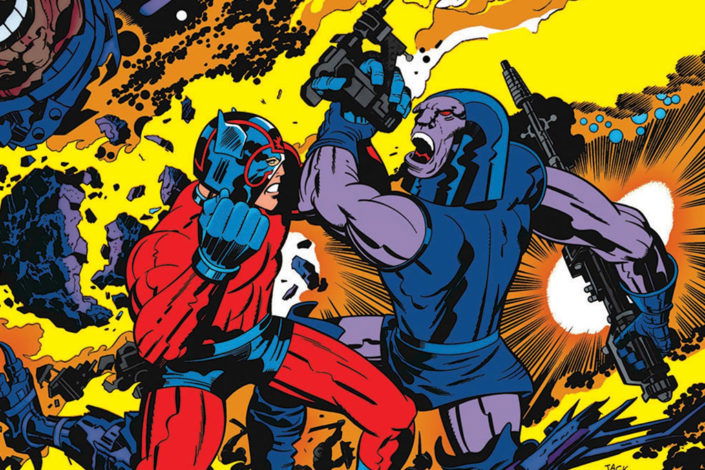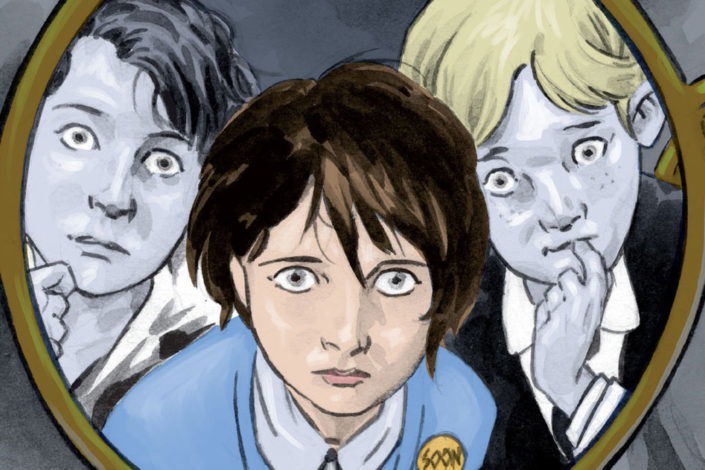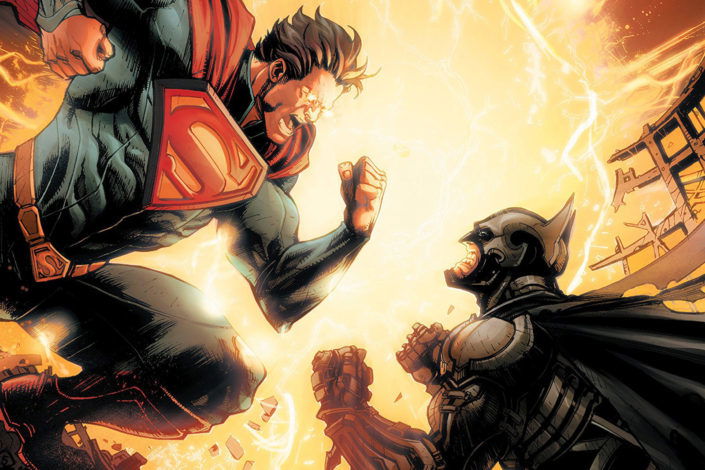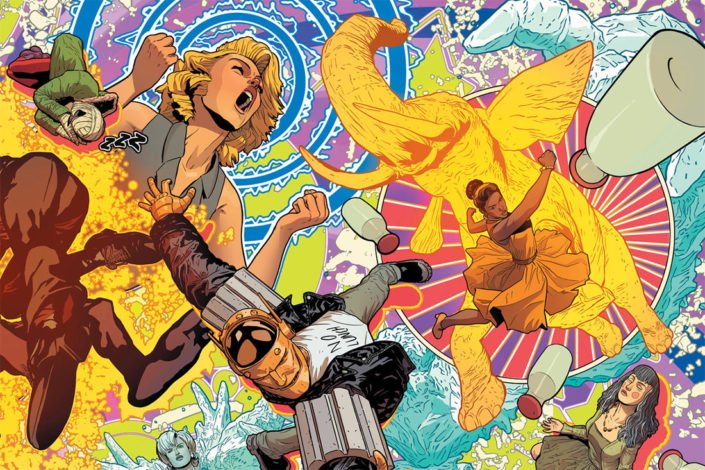
ABC launched the television series Lois & Clark: The New Adventures of Superman in 1993, where the marriage of Lois and Clarke was discussed during the production. Even if the comics and the show didn’t take place in the same continuity, Warner Bros wanted the Superman brand to stay consistent across all media. They wanted the wedding of the couple to happen at the same time on screen and paper.
What did it mean for the Superman comics? After all, the creative team was planning the wedding of Lois and Clark, and they had to stop and build a whole new storyline. Writer Jerry Ordway made the joke to just kill Superman, and it became the most attractive scenario for the creative team. If they couldn’t marry the Man of Steel, they could kill him… and make comic history!
That’s how the now-classic storyline The Death of Superman was born. It is divided into a trilogy of story arcs: “Doomsday!” (or Death of the Superman) leads to Superman’s Death; “Funeral for a Friend” is focused on the aftermath; and “Reign of the Supermen!” introduced the Supermen. For Lois Lane fans, it’s also an important period, as the death of Superman puts her on the front line, and she was used as the glue between all the titles. After this trilogy, the inevitable happens, titled “The Return of Superman”.
Launched at the end of 1992, The Death (and Return) of Superman was published almost all the year 1993. The creative team consisted of Dan Jurgens, Louise Simonson, Roger Stern, Jerry Ordway, Karl Kesel, William Messner-Loebs, and Gerard Jones on the writer front. Jon Bogdanove, Tom Grummett, Jackson Guice, Dan Jurgens, Dennis Janke, Denis Rodier, Walt Simonson, Curt Swan, and M. D. Bright on the artist front.
One of the biggest best-sellers at DC, The Death (and Return) of Superman had a major impact on the company, as a similar event happened shortly after with Batman: Knightfall (reading order), followed by the deaths of numerous superheroes. Also, some characters established during the arc became recurring characters afterward.
No doubt about it, The Death (and Return) of Superman occupy a special place in Superman and DC history, and today, we revisit it with a reading order, and the different ways to read this iconic story.
What to read before The Death of Superman?
Like a lot of readers at the time of publication, you can just go straight ahead without any required reading before. A few issues teased Doomsday breaking free from his prison, and we have listed them in the issue-by-issue reading order for the occasion.
I just told you no background reading was necessary, but for those out there who like to know a little more, here are a few things to know:
- The Justice League’s incarnation at the time of this storyline was Justice League International, with Booster Gold, Blue Beetle, Guy Gardner, and more. It was written by Dan Jurgens.
- A few issues during that storyline are part of the Bloodlines event.
- Not long ago, Luthor faked his own death and transplanted his brain into a clone of himself, which he passed off as his unknown son, Lex Luthor II, raised by foster parents in Australia to protect him from Luthor’s enemy. The charade is completed by an Australian accent, a full head of red hair, and a beard. Luthor uses this opportunity to seduce Supergirl (Matrix at the time). Those issues where those events take place are not really well collected (between Action Comics #660 and #678).
- Finally, if you simply want to discover more stories with Superman, check out our Superman Reading Order, The Modern Age (Post-Crisis).
Read More »The Death of Superman Reading Order
